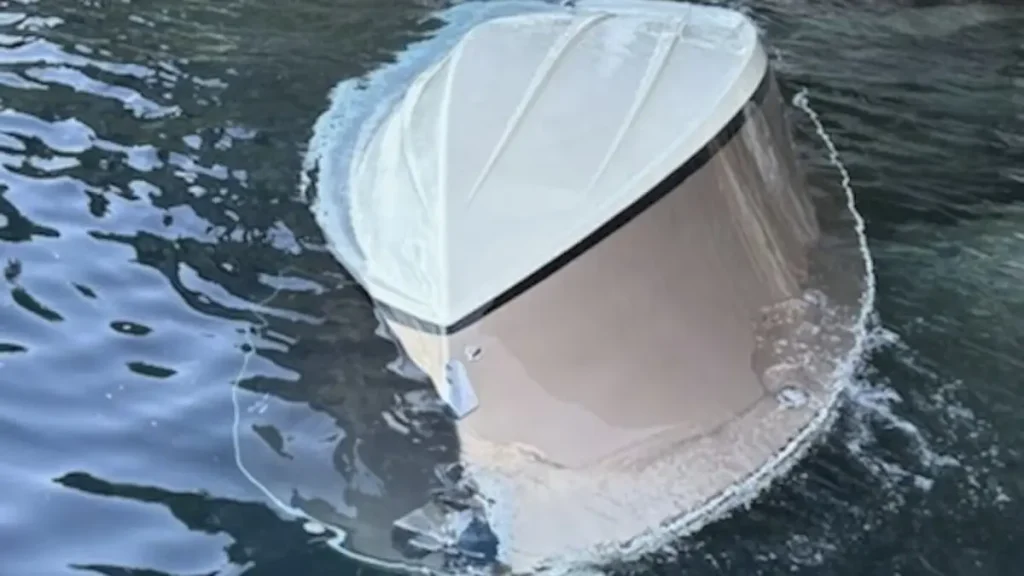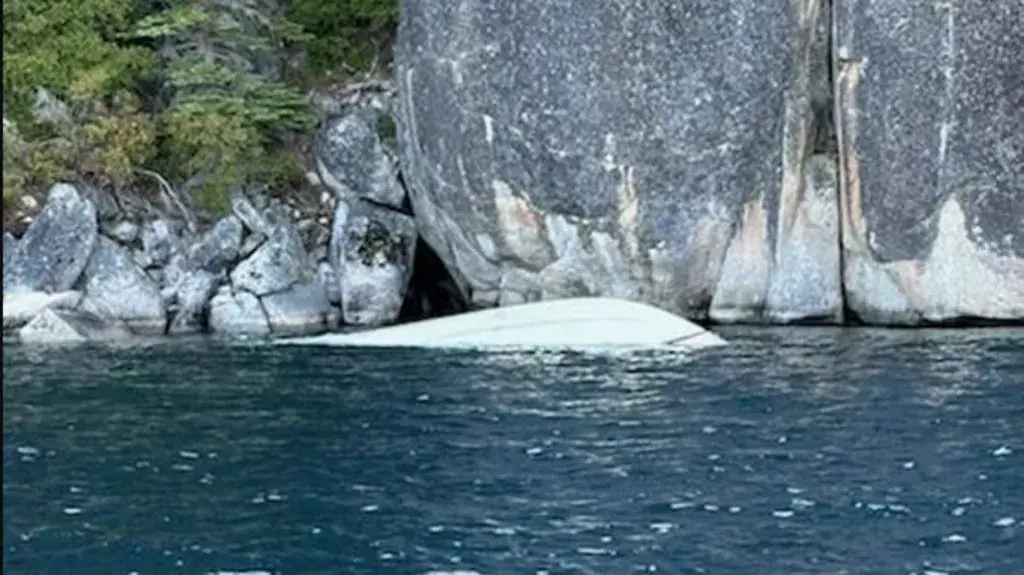Lake Tahoe Boat Accident Caused By Sudden Storm
A sudden summer storm unleashed sustained wind gusts reaching 30–45 mph across Lake Tahoe on Saturday afternoon, generating towering 8–10 ft waves. Around 3 p.m., a 27‑foot gold Chris‑Craft powerboat carrying ten passengers capsized near D.L. Bliss State Park, sending everyone into the frigid 58–59 °F water.
Several witnesses described the conditions as “worse than 30‑foot waves on the sea,” underscoring the unprecedented intensity of the storm.
Six Lives Lost, Two Still Missing
Rescuers confirmed six adults died, while two survivors were pulled to safety and treated for hypothermia and other injuries. Search operations continued into Sunday morning, covering over 390 nautical miles, before the U.S. Coast Guard suspended its air search due to challenging conditions. On-water teams from the El Dorado County Sheriff’s dive unit resumed the search.
Cause of Death: Hypothermia & Rapid Temperature Drop
Temperatures plunged from the high 50s to near freezing in mere hours. Combined with cold-water shock—a rapid drop into 58 °F water—hypothermia likely set in within 10 minutes for those without protective gear.
Environmental Hazards and Property Damage
The storm did not just endanger lives—it toppled multiple boats, tore docks apart, and sparked fuel spill concerns. Environmental crews and wildlife officials responded to hazardous materials alerts at Camp Richardson pier, temporarily advising locals not to use their water systems—though the situation was resolved by Sunday evening.
What Witnesses Saw
Local boaters and emergency personnel describe a harrowing scene:
-
Chris Williams, captain at Tahoe Sports, recalled extreme swells and unexpected winds that overwhelmed his charter fleet.
-
Brian Swenor, a seasoned boater, likened the waves to ocean conditions he’d never encountered on Lake Tahoe.
-
Jessica Cox, who escaped by boat, captured the storm’s abrupt onslaught—heavy snow, sideways rain—and hailed crew response .
Location & Depth: A Dangerous Combination
The capsizing occurred near Rooster Rock, an underwater drop-off plunging more than 300 ft, which complicated rescue and recovery. Lake Tahoe, one of North America’s deepest alpine lakes with an average depth of 1,000 ft, is particularly unforgiving in such conditions .
Authorities Respond Swiftly
Agencies involved included:
-
U.S. Coast Guard: Led air and water rescues, suspended air search at 10:55 a.m. Sunday .
-
El Dorado County Sheriff: Dive team persisted in water-based recovery efforts.
-
California State Parks: Provided lifeguards who helped initiate first-aid.
Coast Guard Cmdr. David Herndon expressed regret: “Suspending a search is always a difficult decision … Our thoughts and prayers are with the families.”
Take Precautions
-
Checking weather forecasts, especially for sudden microbursts common in mountain, lake environments.
-
Wearing life jackets and understanding cold-water survival limits.
-
Avoiding afternoon lake trips when winds typically rise.
-
Recognizing signs of rapid weather shifts, like darkening clouds, temperature drops, and fierce wind changes.
Local veteran boaters note that delaying boating plans when winds exceed 10 knots in the morning is often wise.
Ongoing Recovery Missions and Investigation
Search efforts will continue from rescue divers and local response teams. Identities of the deceased and missing remain withheld pending family notification. Authorities will also investigate whether boat overloading or late storm precautions played a role.
The Lake Tahoe tragedy highlights the dangers of mountain lake storms, where calm skies can swiftly turn deadly. With six lives lost and two still missing, it is a heartbreaking reminder for all recreational boaters: vigilance, preparation, and respect for the water and weather are non-negotiable.
Our thoughts are with the families and communities affected during this difficult time.



